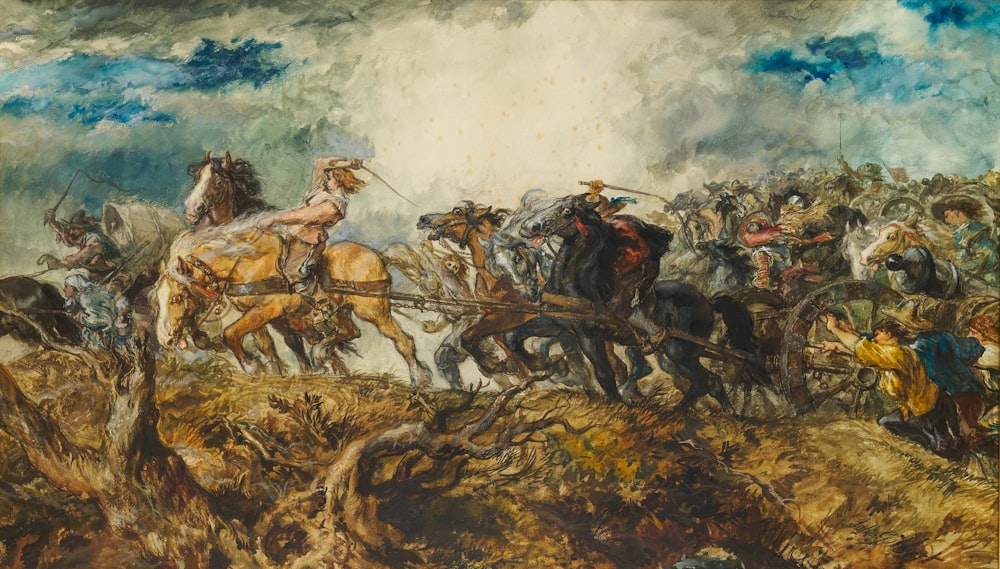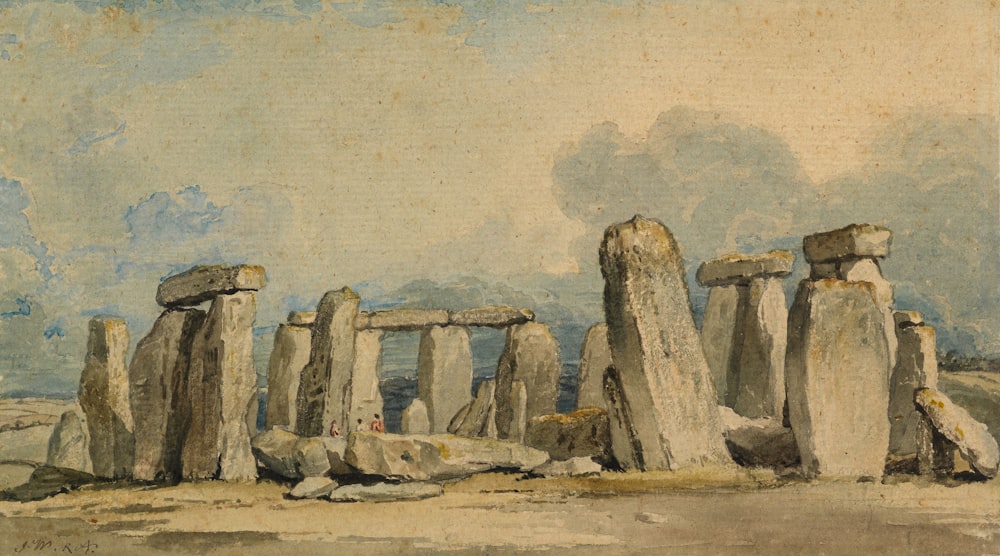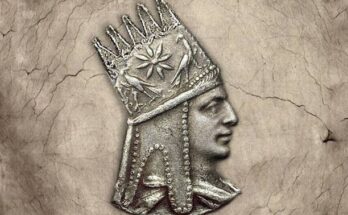Know the time period of a particular event in history
History, the tapestry of human experiences woven across time, is a captivating subject that allows us to know our roots, learn from the past, and navigate the present. One crucial aspect of studying history involves pinpointing the time period in which specific events unfolded. Whether you are a history enthusiast, a student, or simply curious about a particular historical occurrence, this article aims to provide a comprehensive guide on how to determine the time period of a given event.
Research and Documentation: know historical events
Image via Unsplash.com
The foundation of unraveling the time period of a historical event lies in diligent research and meticulous documentation. Historical records, manuscripts, and archives serve as invaluable resources. Start by delving into primary sources, such as letters, diaries, and official documents, to gather firsthand accounts and contemporary perspectives.
For example, if you are investigating the time period of a battle, explore military records, war diaries, and eyewitness testimonies. These documents often provide details like dates, locations, and the circumstances surrounding the event. Additionally, consult secondary sources like historical books, articles, and academic papers, ensuring that you cross-reference information to establish accuracy.
Archaeological Discoveries: know historical events
Archaeology plays a pivotal role in unveiling the mysteries of the past. Archaeological excavations unearth artifacts, structures, and clues that help historians and archaeologists determine the time period of a particular event. Pottery, tools, coins, and architectural remains often bear distinct characteristics associated with specific historical periods.
For instance, the study of pottery styles, known as seriation, is a valuable dating technique. Changes in pottery design and decoration can be linked to different time periods, aiding in the chronological placement of historical events. Carbon dating is another powerful tool, enabling scientists to determine the age of organic materials found at archaeological sites.
Historical Context and Chronology
Image via Unsplash.com
Understanding the historical context is essential for accurately placing events within a specific time frame. Familiarize yourself with major historical periods, movements, and cultural shifts to create a chronological framework. Analyze the political, social, economic, and technological factors that influenced the era in question.
Create a timeline of relevant historical events, placing the occurrence you are investigating within this broader context. For example, if you are exploring the Renaissance period, consider the impact of intellectual and artistic movements, political changes, and technological advancements characteristic of that time.
Comparative Analysis: know historical events
Comparative analysis involves examining similar events or developments that are well-documented and understood in terms of their time periods. By drawing parallels with known historical events, you can infer the probable time frame of the event you are investigating. This method is particularly useful when dealing with less-documented or obscure occurrences.
For instance, if you are unsure about the time period of a local uprising, compare it to more widely studied rebellions or revolts in neighboring regions. Look for commonalities in tactics, political climate, and socio-economic conditions to make an educated estimation.
Art and Architecture
Image via Unsplash.com
Artistic styles and architectural features can serve as distinctive markers of specific time periods. Study the evolution of art movements and architectural trends to identify the characteristics associated with different historical eras. Paintings, sculptures, and buildings often reflect the prevailing ideologies, technologies, and cultural influences of their time.
For example, Gothic architecture is synonymous with the medieval period, characterized by pointed arches, ribbed vaults, and flying buttresses. Similarly, art from the Baroque period is recognized for its dramatic compositions and ornate details. By analyzing these visual cues, you can gain insights into the time period of a historical event.
Technological Advancements: know historical events
Technological progress leaves an indelible mark on history, shaping the way societies function and interact. Investigate the technological aspects related to the event in question. Consider advancements in weaponry, transportation, communication, and other fields that may offer clues about the time period.
For instance, the Industrial Revolution marked a significant shift in manufacturing processes and economic structures. If you are researching an industrial milestone, examine the technologies associated with that era, such as steam engines, mechanized production, and the rise of factories.
Political Landscape
Image via Unsplash.com
Political changes and power dynamics are crucial factors in determining the time period of historical events. Investigate the ruling regimes, government structures, and geopolitical landscape during the era in question. Changes in leadership, wars, and treaties can provide vital context for dating specific events.
For example, if you are exploring a diplomatic negotiation or a peace treaty, delve into the political climate surrounding the event. Analyze the key players, their motivations, and the consequences of the agreement to establish the time period in which it occurred.
Biographical Information: know historical events
Biographies of key figures associated with the historical event can offer valuable insights into its time period. Examine the life stories of prominent individuals involved in or witnessing the event. Birth and death dates, as well as significant life events, can help establish a timeline.
For instance, if you are researching a scientific discovery, explore the life of the scientist responsible. Identify key milestones in their career and cross-reference them with other historical events. This approach provides a personal perspective on the time period and the cultural milieu in which the event transpired.
Regional and Cultural Influences
Consider the regional and cultural influences that shaped the historical event. Different regions experience historical developments at varying paces, and cultural movements can influence the timing and nature of events. Investigate the traditions, customs, and societal norms prevalent in the region during the period under scrutiny.
For example, if you are examining a cultural renaissance, explore the specific cultural and intellectual developments that characterized that era in the particular region. Understanding regional nuances is crucial for accurately placing events within their historical and cultural context.
Consulting Experts and Scholars: know historical events

Image via Pexelsc.com
When in doubt, seek the expertise of historians, scholars, and experts in the relevant field. Academic journals, conferences, and online forums provide platforms for engaging with professionals who specialize in specific historical periods. By consulting experts, you can gain valuable insights, access additional resources, and refine your understanding of the time period in question.
For example, if you are researching a niche topic within ancient history, reach out to archaeologists or historians specializing in that era. Their expertise can guide you through the nuances of the time period and help you navigate the complexities of historical interpretation.








